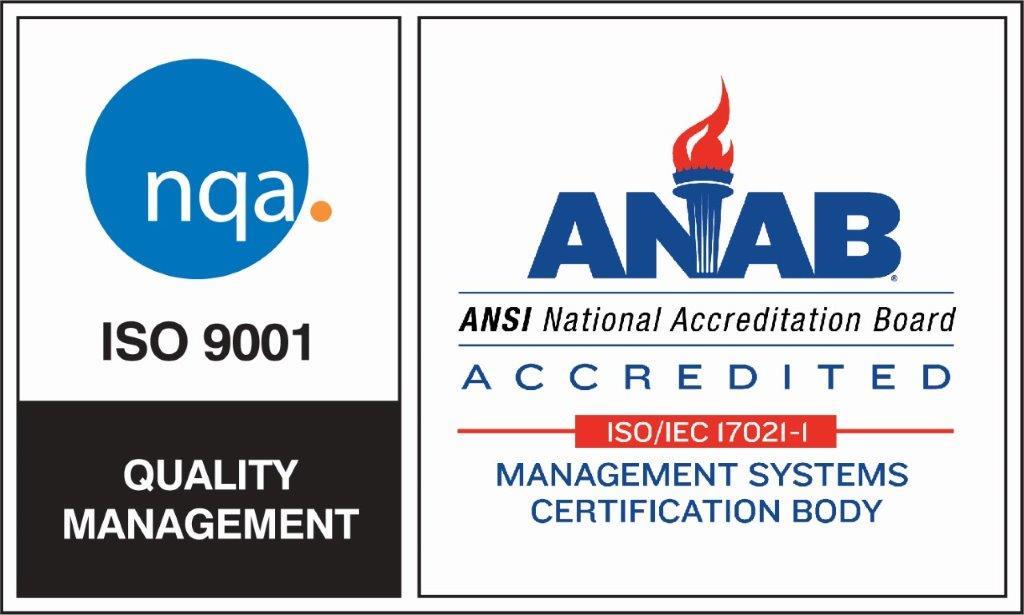Blasch Receives Patent for StaBlox Flue Gas Tunnel System
Albany, NY – May 6, 2020
Blasch Precision Ceramics, Inc. is an expanding Albany-based manufacturing company specialized in ceramic technology. As a growing company, Blasch is proud to announce the issuance of US Patent No. 10,605,456 covering important new features of the patented StaBloxTM Flue Gas Tunnel System.
The new patent covers innovative insert technology for the Blasch Precision Ceramics patented StaBlox system that facilitates easy and flexible adjustment of the size of flue gas ports distributed along the tunnel walls allowing for manipulation of the distribution of flue gas, ultimately influencing temperature uniformity throughout the radiant section of top fired steam methane reformers.
This capability, coupled with BD Energy Systems’ patented Tunnel Optimal Performance (TOPTM) technology; which uses a proprietary algorithm to develop furnace-specific solutions directing the distribution of flue gas port sizes to achieve the aforementioned uniformity; creates a powerful tool for extracting the maximum value out of the SMR.
“Unlike traditional reformer flue gas tunnels which will typically fail as a result of the effects of multiple thermal cycles on the mortared components, and incorrect accommodation for expansion due to thermal growth, we have engineered the guesswork out of our StaBlox Tunnel System,” commented Ted Collins, Blasch Precision Ceramics Vice President of Operations. “The same base material and distributed expansion technology behind the StaBlox system has been supplied by Blasch in various high temperature combustion applications for decades now.”
Blasch’s patented StaBlox Tunnel System is designed for an extremely fast and easy installation, offering a much higher level of reliability with customizable interlocking blocks and highly engineered, mortar free expansion joints. Because of the geometry of the blocks in the base, walls and customized structural lids of the Blasch StaBlox Tunnel System, installation is reduced to less than one half of current install time with considerably less manpower required, and no mortar joints.
